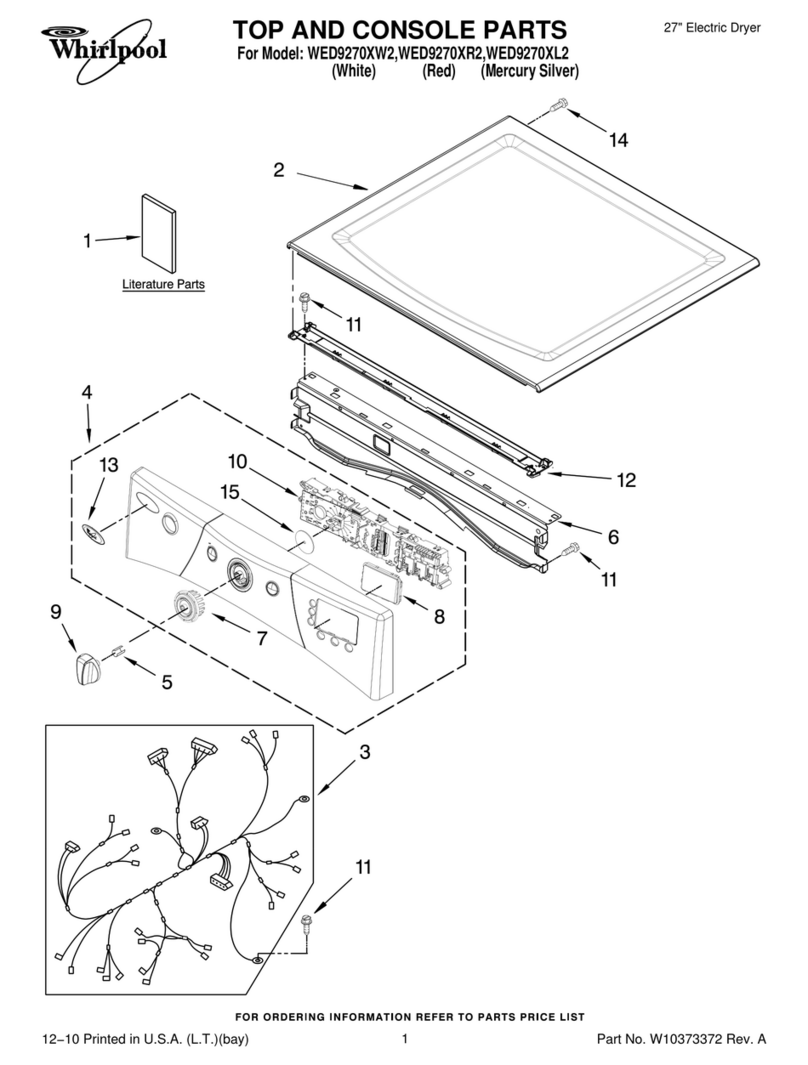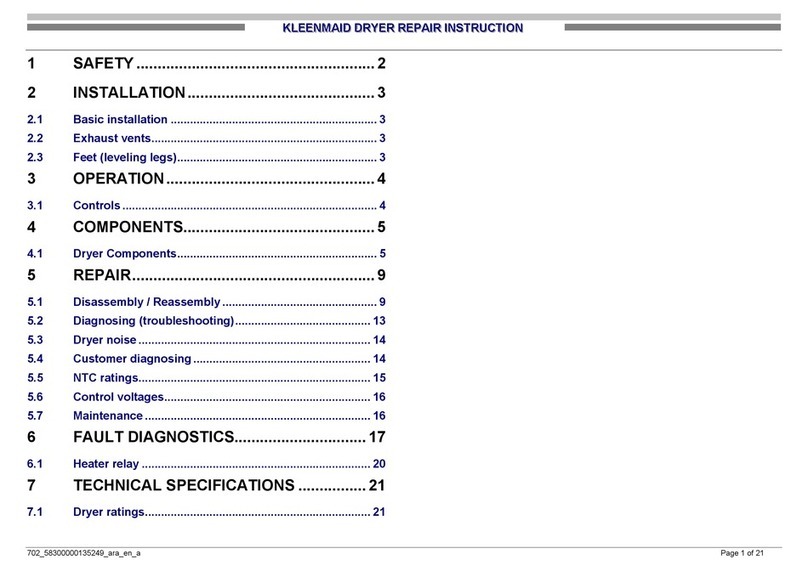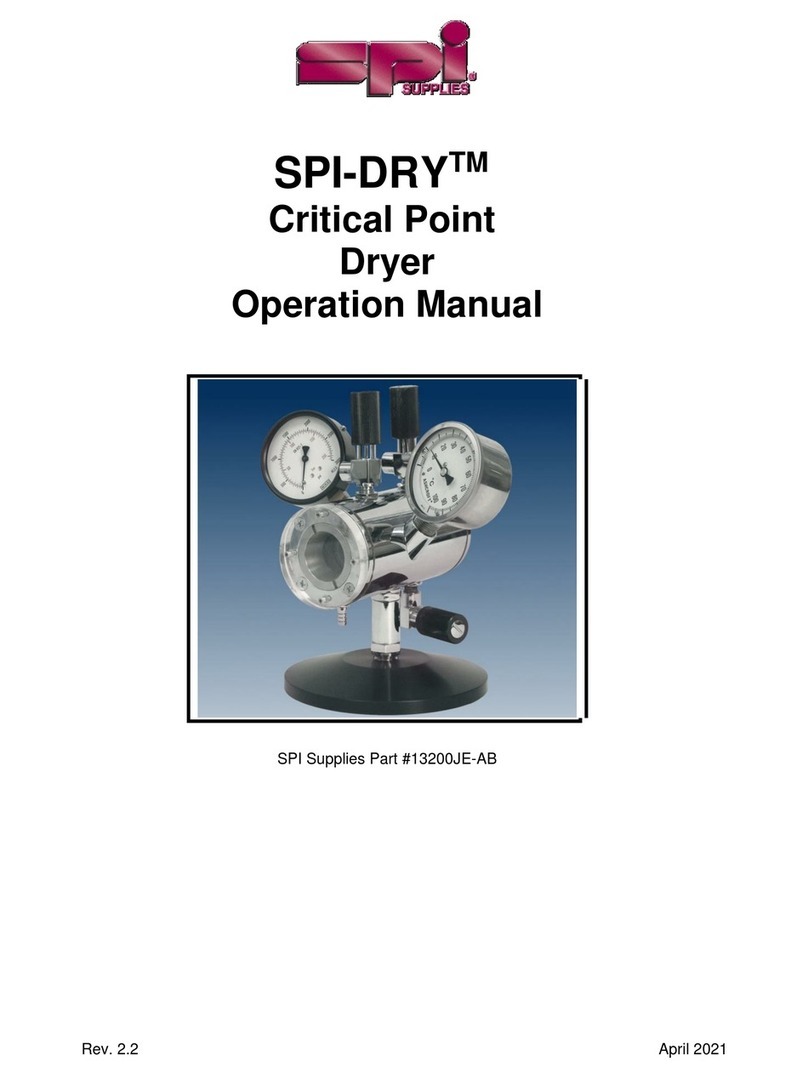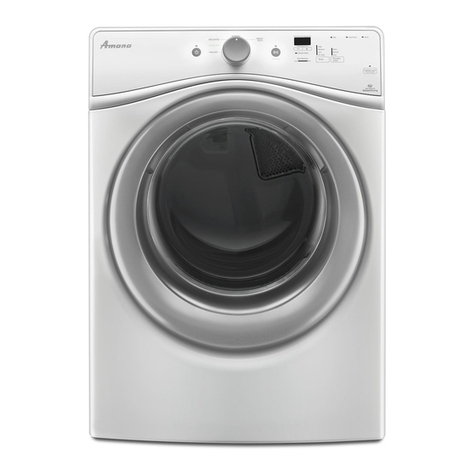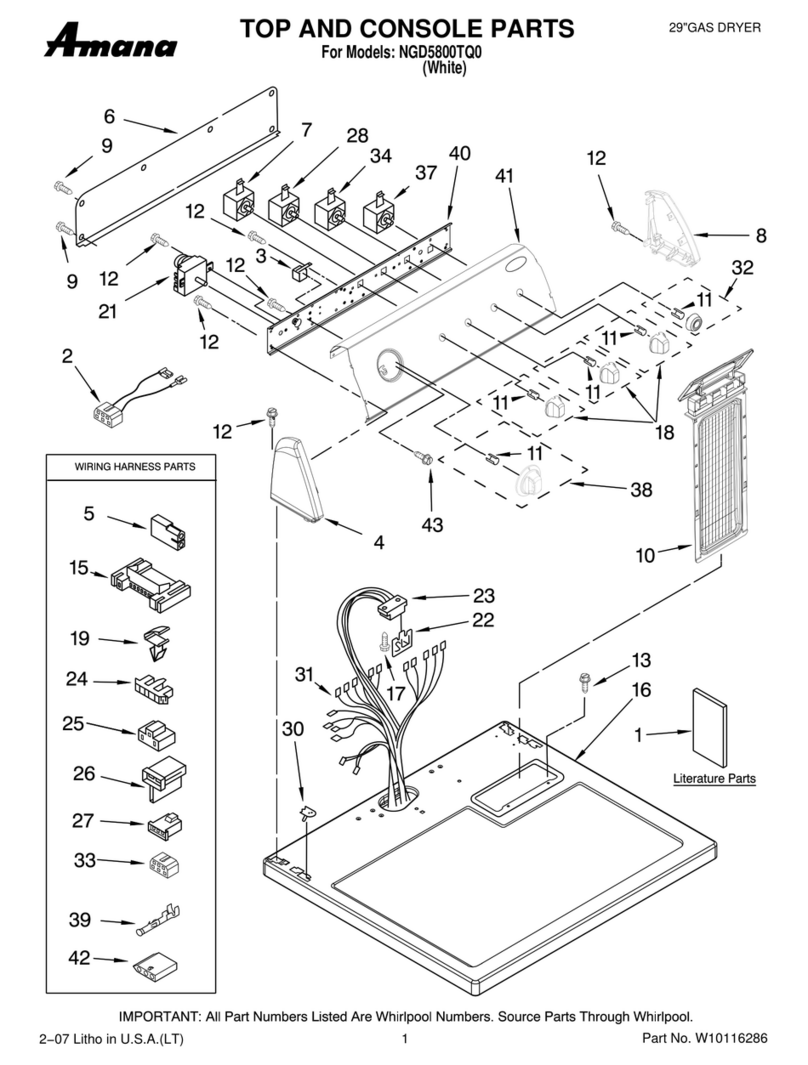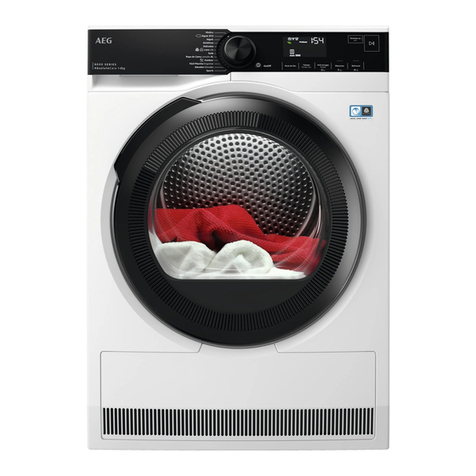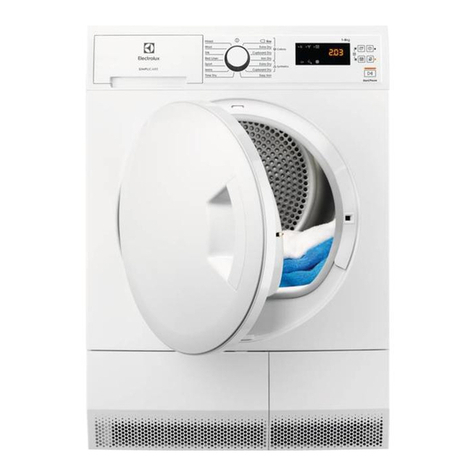Continental Girbau CG115-25 III User manual
Other Continental Girbau Dryer manuals

Continental Girbau
Continental Girbau CG75-85 User manual

Continental Girbau
Continental Girbau CG30-40 User manual

Continental Girbau
Continental Girbau CG145-55 User manual

Continental Girbau
Continental Girbau L36USS36G User manual

Continental Girbau
Continental Girbau CG50-60 User manual

Continental Girbau
Continental Girbau L28STK30G User manual
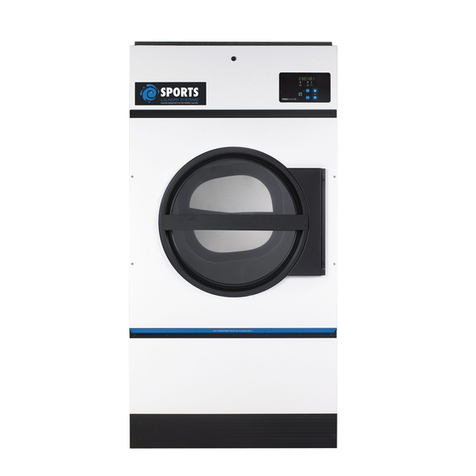
Continental Girbau
Continental Girbau CG75-85 User manual
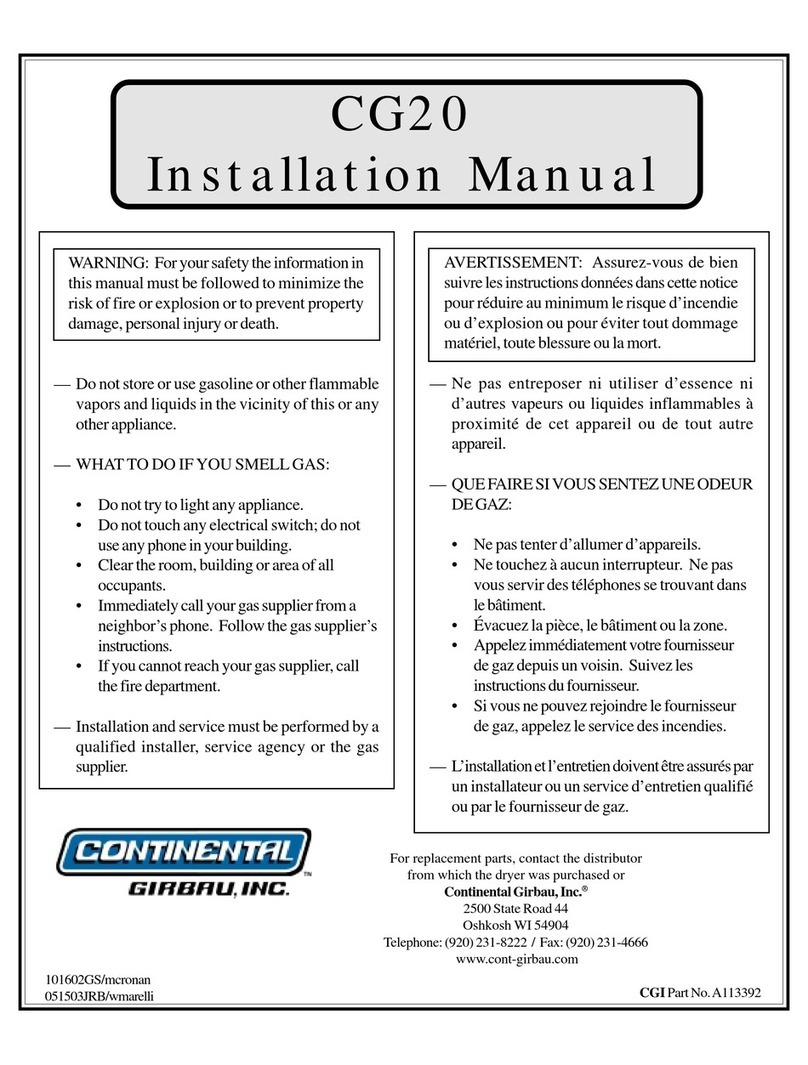
Continental Girbau
Continental Girbau CG20 User manual

Continental Girbau
Continental Girbau DL2X30CG Series User manual

Continental Girbau
Continental Girbau CG115-25 User manual
Popular Dryer manuals by other brands

ffuuss
ffuuss eos user manual

KitchenAid
KitchenAid 53-3498 installation instructions

Schulthess
Schulthess Spirit topLine TW 8340 operating instructions
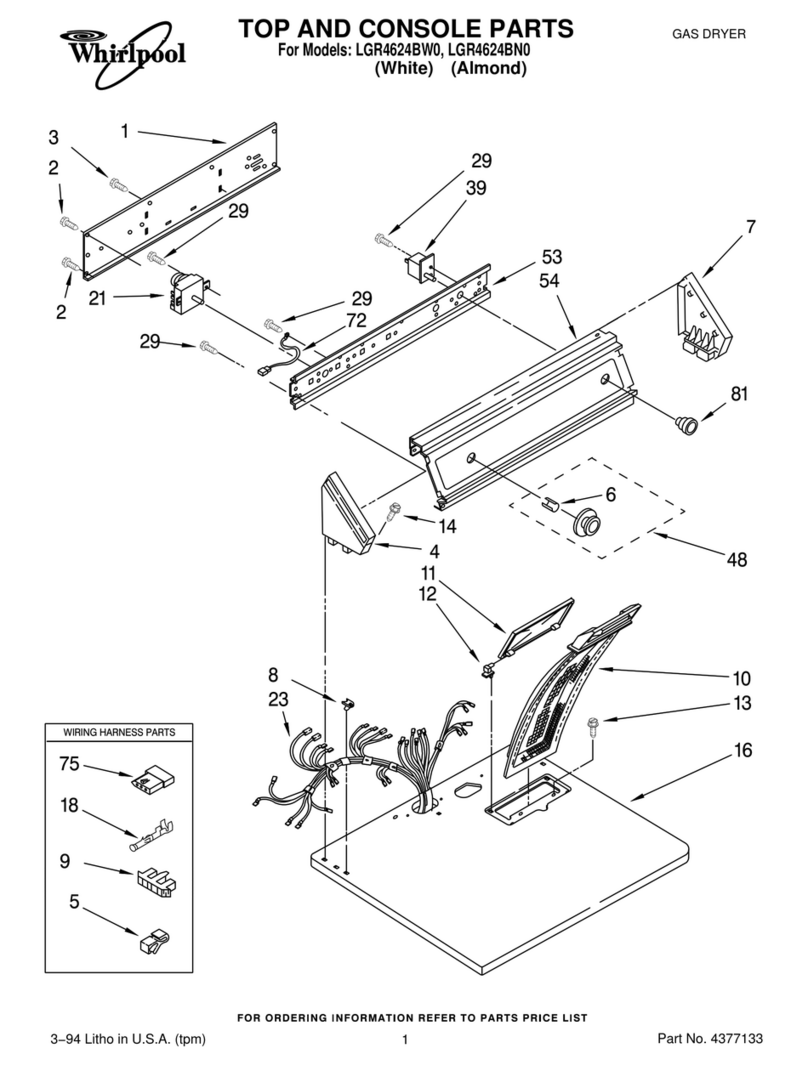
Whirlpool
Whirlpool LGR4624BW0 parts list
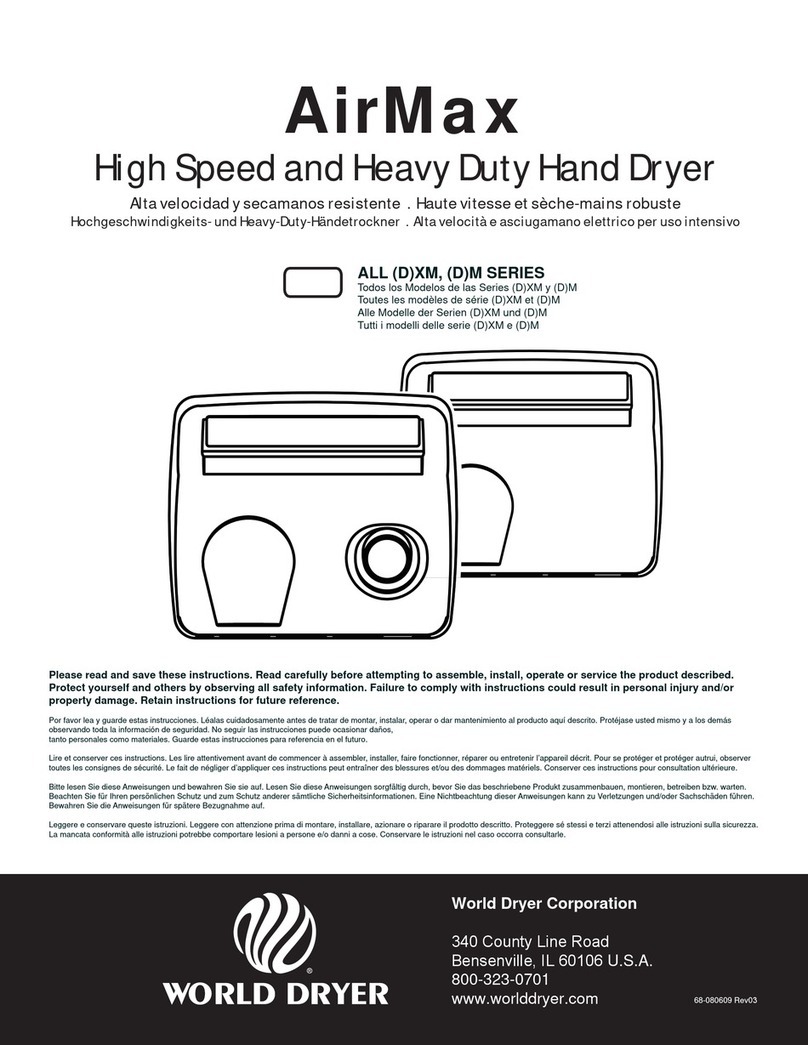
World Dryer
World Dryer AirMax D M5-972A manual
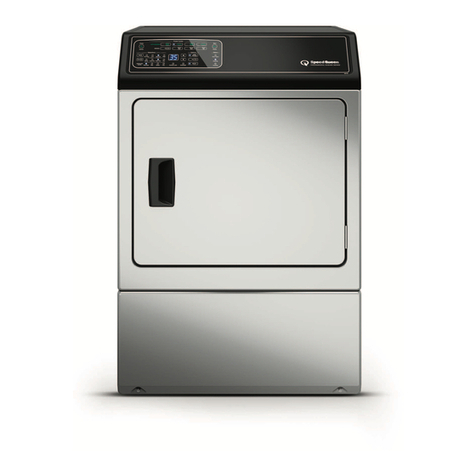
Alliance Laundry Systems
Alliance Laundry Systems ADEE9BSS user guide
